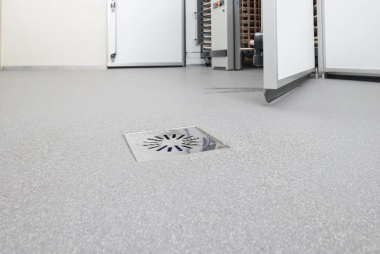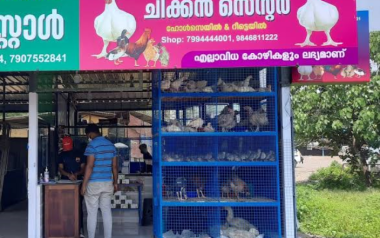
05 Jun 2021
The Slaughterhouse Floor
The floor holds the most varied bacteria, fungi, mold and dirt, such as excrement, blood, grease or others, which can easily spread throughout the plant and thus reach the products.
Content available at:
Español (Spanish) العربية (Arabic)
Each component of the slaughterhouse has a role in the systemic effort to contribute to enhance the operational results of the slaughter. In this effort, the slaughterhouse floor plays a key role. Often “forgotten”, it must deserve the same attention as any other component of the plant.
- In the slaughterhouse, materials and facilities must be chosen with durability, safety, and occupational health and safety in mind. It is no different with the floor, which multiple functions require that its installation be steeped in care so that it can fully fulfill its role.
The floor is made up of different layers with their own individual purposes and requirements.
- The base, which is what will support everything that will come on the floor later, must be built with the demand of each area in mind.
- In tunnels and cold rooms, for example, the floor must be able to support an immense stationary weight of products and must be impermeable to water and steam; the one in the hanging area will require, in turn, a less robust base, although resistant.
- In the same way, the finish, the exterior surface of the floor, will vary depending on the future operational requirement.
- An area that requires constant movement of vehicles and equipment will require a finish more resistant to mechanical abrasion than an area where only people are working.
The floor holds the most varied bacteria, fungi, mold and dirt, such as excrement, blood, grease or others, which can easily spread throughout the plant and thus reach the products. For this reason, its installation must be free of defects that could host contaminants and microorganisms, and its connection with the walls must be continuous and curved to prevent the accumulation of residues and facilitate washing and disinfection.

Its inclination, always towards the drain, must not allow the accumulation of liquids that can become breeding grounds for microorganisms, and its finish must facilitate cleaning and be resistant to chemicals and the temperature and pressure of the water used in washing and disinfection.
As slaughterhouses remain labor-intensive workplaces, the health and safety of workers must be among the priorities of companies. For this reason, the floors must also be designed and built in such a way that guarantees them total safety during working hours, when they are standing at their jobs or rather on the move, preventing them from slipping and falling.
TO CONTINUE READING REGISTER IT IS COMPLETELY FREE
Access to articles in PDF
Keep up to date with our newsletters
Receive the magazine for free in digital version
REGISTRATION
ACCESS
YOUR ACCOUNT
LOGIN
Lost your password?






































